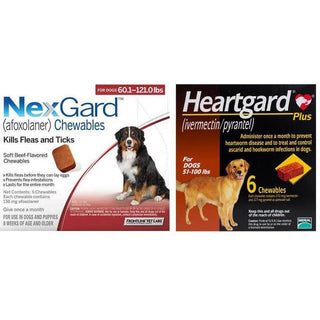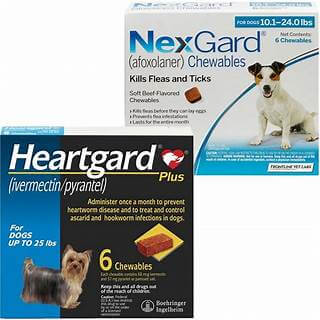
As a cat owner, your pet's health is always a priority. Dental care is just as important, while we often focus on their diet, grooming, and vaccinations. Unfortunately, dental issues in cats can go unnoticed until they become severe. Cats are experts at hiding pain, making it even more important to watch for the subtle signs that something might be wrong with their teeth or gums.
In this article, we’ll highlight the 10 most common signs of dental problems in cats and share practical tips to help you maintain your feline’s oral health and comfort.
Bad Breath (Halitosis)
A foul odor from your cat's mouth is one of the first warning signs of dental disease. While a mild smell can be typical, strong, unpleasant breath often indicates plaque buildup, gingivitis, or infection.
Drooling or Excessive Saliva
Cats typically don’t drool. If you notice excessive saliva or your cat is suddenly drooling more than usual, it may be due to mouth pain, ulcers, or dental infections.
Difficulty Eating or Chewing
Is your cat dropping food, eating slowly, or only chewing on one side of the mouth? These behaviors can point to tooth pain, broken teeth, or gum disease. Some cats may even stop eating hard food altogether.
Swollen or Bleeding Gums
Healthy gums should be pink and firm. Red, bleeding, or swollen gums are signs of gingivitis or periodontal disease. These conditions are painful and can worsen over time without treatment.
Pawing at the Mouth or Face
If your cat frequently paws at their face or rubs their mouth on the floor or furniture, it could be an attempt to relieve pain or irritation in the mouth.
Loose or Missing Teeth
Cats should not lose teeth as adults. If you notice loose teeth or find one in their food bowl or around the house, it’s time for a dental exam. Losing teeth may indicate a serious progression of dental disease in your cat.
Weight Loss or Reduced Appetite
Oral discomfort can cause your cat to eat less than usual, which may result in a drop in appetite or visible weight loss. If your cat is skipping meals or losing weight, check their mouth and consult your vet.
Yellow or Brown Teeth (Plaque and Tartar Buildup)
Yellow or brown discoloration on your cat’s teeth often signals a buildup of plaque and tartar. This can progress to gum infections and tooth damage without proper veterinary cleaning.
Behavior Changes
Cats in pain may become more withdrawn, irritable, or aggressive. If your usually friendly cat is suddenly acting out of character, dental discomfort could be the cause.
Visible Sores or Growths in the Mouth
Check your cat’s mouth occasionally for ulcers, lumps, or growths. These may indicate infections, abscesses, or oral tumors requiring immediate veterinary attention.
Why Cat Dental Care Matters
Dental health affects your cat's overall well-being. Oral infections can enter the bloodstream and affect vital organs such as the heart, kidneys, and liver, potentially leading to more serious health complications. Regular dental care prevents pain and disease and supports your pet's longer, healthier life.
How to Keep Your Cat’s Teeth Healthy
Schedule Regular Vet Check-Ups
Your vet should examine your cat’s teeth at least once a year. They can identify early symptoms of dental problems and recommend treatment or cleanings as needed.
Professional Dental Cleaning
Sometimes, brushing alone isn’t enough. Your vet might suggest a thorough dental cleaning under anesthesia to eliminate stubborn tartar buildup and address any existing gum issues.
Brush Their Teeth at Home
Regular brushing can help prevent plaque buildup with the right pet-safe toothpaste and a cat toothbrush. Start slow and make it a positive experience.
Dental Treats and Diet
Some cat foods and treats are designed to promote dental health. These help reduce plaque and tartar while satisfying your cat’s chewing instincts.
Use Dental Rinses or Water Additives
These products are easy to use and can help reduce bacteria and plaque in your cat’s mouth.
Final Thoughts
Cat dental issues are widespread but can often be avoided. Spotting the early signs allows for timely care, helping your furry companion stay healthy and comfortable. With regular check-ups, good dental hygiene, and a watchful eye, you can protect your cat from the pain and risks associated with dental disease.
If you notice any of the signs mentioned above, don’t delay—schedule a dental check-up with your veterinarian today.






